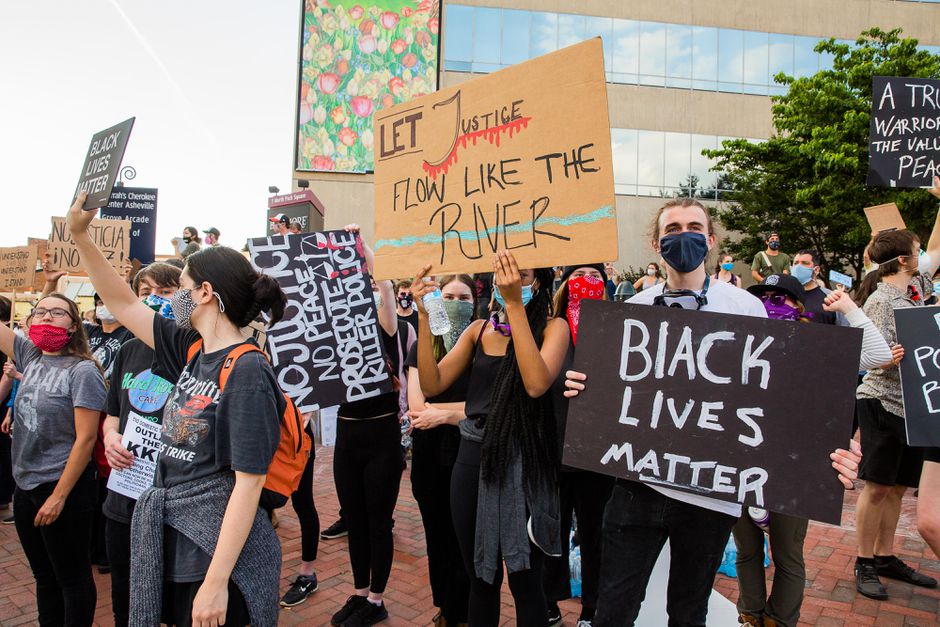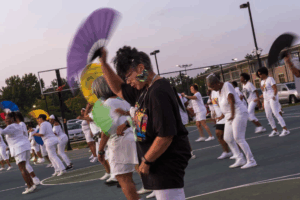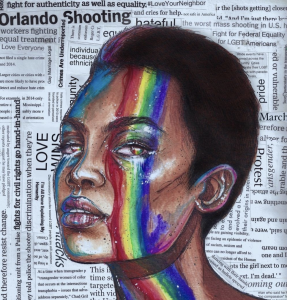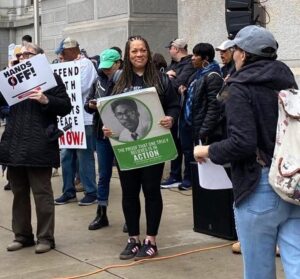I am certain that the deadly coronavirus and the national lockdown made our country more vulnerable and sensitive to the pandemic of racism. But who knew that the battle cry to “open up our country” would signal just that — a tsunami of action unimagined even a month ago.
Consecutive days of taking to the streets by tens of thousands from coast to coast (and worldwide) reflect a collective ‘a-ha’ by White Americans. The pain and inhumanity that Black people experience because of an accident of birth seemed to hit realization by those who could choose the luxury of oblivion.
It exploded in a perfect storm: the evidence of the coronavirus’s disproportionate impact on Black people; the hunted slaughter of jogger Ahmaud Arbery; the home invasion and hail of gunfire on EMT worker Breonna Taylor; and the Central Park encounter between the White ‘damsel in distress’ and the Black bird watcher.
Singularly these horrific events – like so many assaults on the Black body that have gone viral – would not have generated the firestorm of awareness. But in quick succession, most witnessing the unfolding ‘home alone’, each injustice was the drip, drip, drip culminating in a tipping point in Minneapolis. Metaphorically and viscerally, the brutal knee on the neck of George Floyd was the final torch igniting a firestorm of outrage.
More than a coldblooded extrajudicial murder, the Floyd tragedy reflected every form of structural inequality, social violence and micro-aggression heaped upon Black people every day, over generations, decades and centuries.
The onslaught of mea culpas and remorse by individuals, corporations and government entities signal something new. It feels deeper than belated or guilt-ridden apology tours. Perhaps a sea change is in progress.
Are we turning a corner confronting anti-Black racism? Is this an opportunity for real movement? Or is this simply another moment – like other passing chapters in our tortured history? Will the embers cool or can we accomplish systemic excavation that strikes at the heart of America’s 400-year-old original sin?
Since the abolition of slavery, there have been many moments of seismic proportion with actions and corresponding reactions.
Passage of the 13th, 14th and 15th Amendment, followed by short-lived Reconstruction of the late 1800s and the rise of the KKK and unabated racial violence;
The 1954 Brown v. Board Supreme Court ruling abolishing legal apartheid, followed that next year by the open casket funeral and published photos of the grotesquely disfigured body of 14-year-old Emmett Till, a lynching that sparked the civil rights movement of the 1950s and 1960s;
TV coverage of dogs and fire hoses on Black protesters; Passage of landmark civil rights laws, the assassination of Martin Luther King, Jr. and uprisings from coast to coast, reportedly 150 street rebellions between 1965 and 1968.
Two months before Dr. King’s assassination, the Kerner Commission issued a report that blamed systemic white racism, not Black street protesters, as the cause of racial unrest. The Commission’s recommendation of “programs on a scale equal to the dimension of the problems” went unheeded.
The Lyndon Johnson “Great Society” would soon give way to racial backlash and the Richard Nixon “moral majority.”
Almost 30 years have passed since the Rodney King beating that put proof of the Black experience in a grainy video of the gang police assault. We believed that evidence would create change. But what followed — via decades of smart phone videotapes — was an unending drumbeat of police violence, funerals, street protests, Black Lives Matter organizing, and unanswered redress for high-profile and unknown victims.
In this new moment, for the first time, deeply troubled White friends have asked me how they can address the atrocities besetting Black people. Their thought is usually to give money, material support or letter-writing – actions, well-meaning but not enough. Unlike all previous moments, there seems to be awareness of collective ownership in the problem and solutions.
Witness the pictures of many demonstrations, revealing White protesters mostly in the majority. This is a hopeful sign that a tsunami of will may be the turning tide.
Police violence and vigilante assault on Black bodies is the most visible tip of the structural racism iceberg. The answers are complex, myriad and tangled over centuries and sensibilities. But the realization that we are all impacted plants the fertile seed for change.





